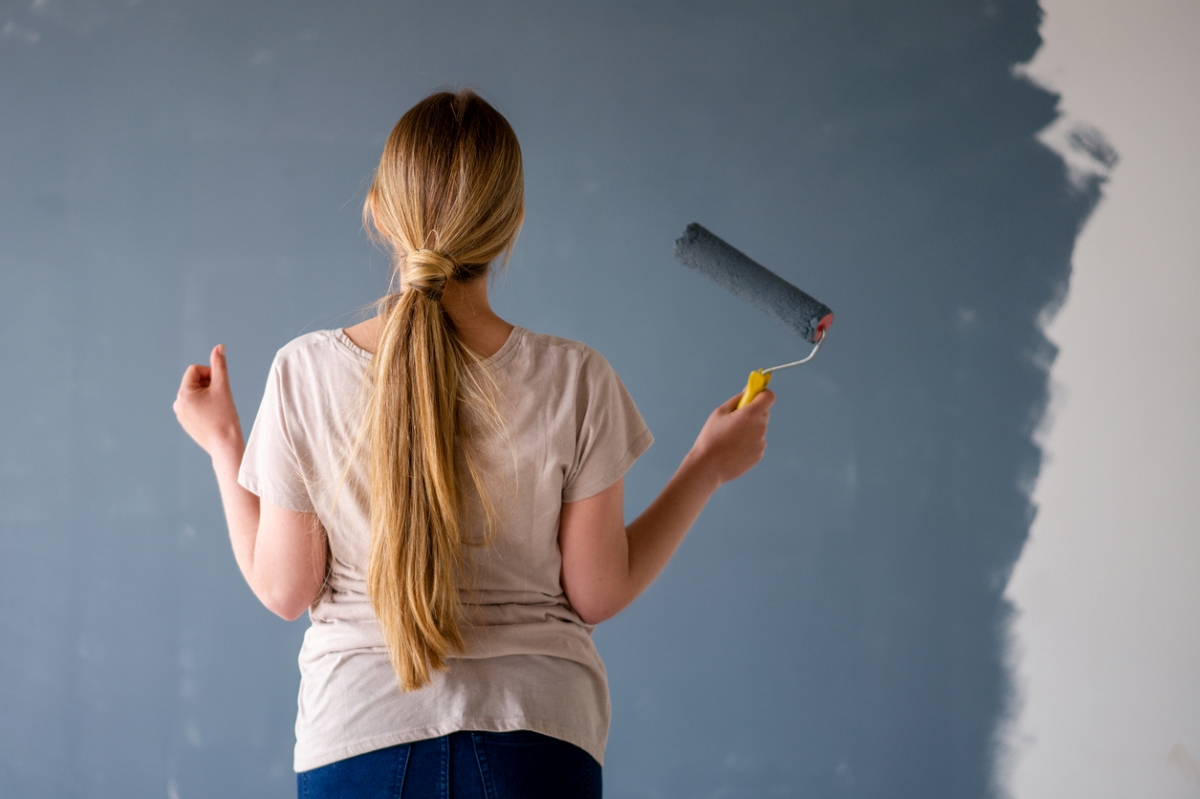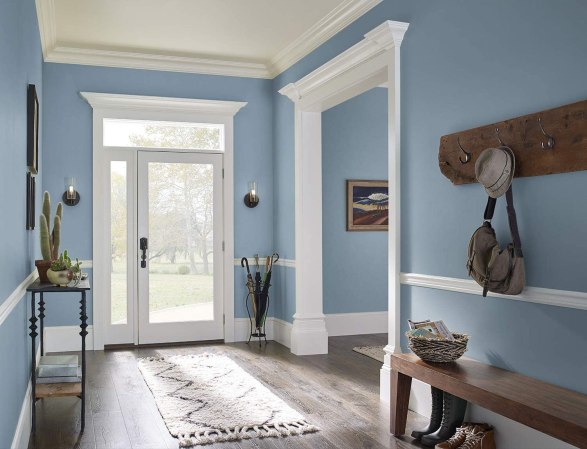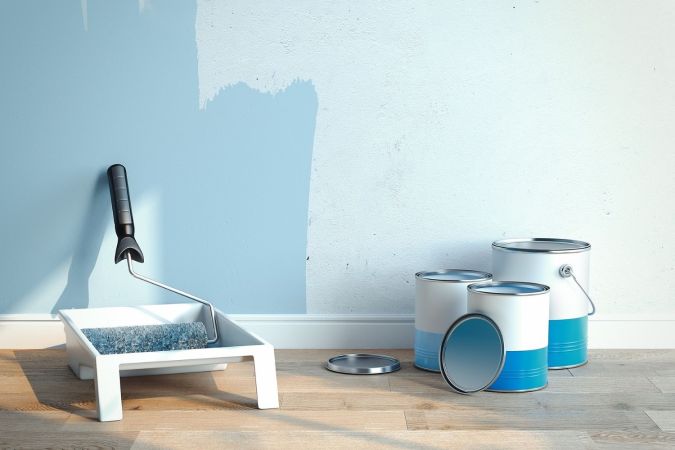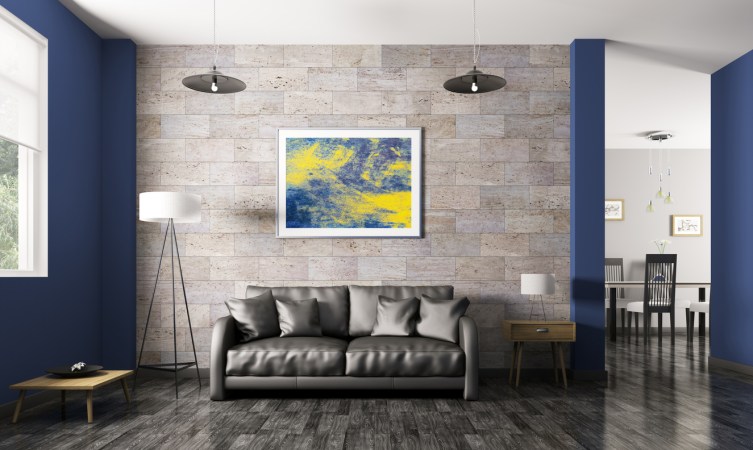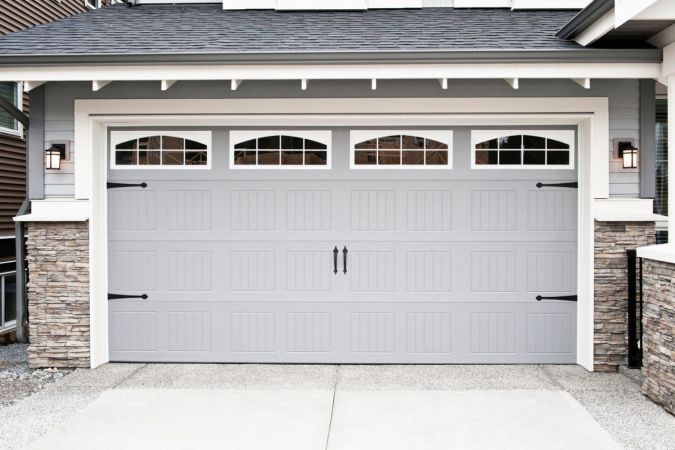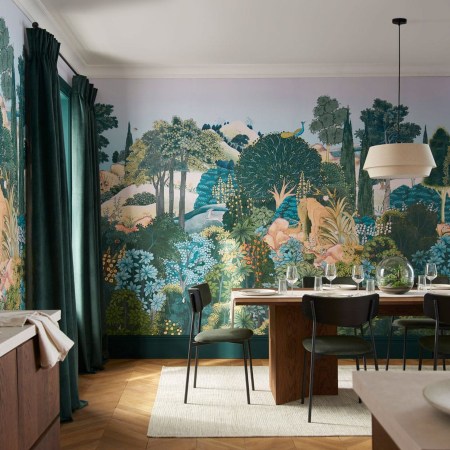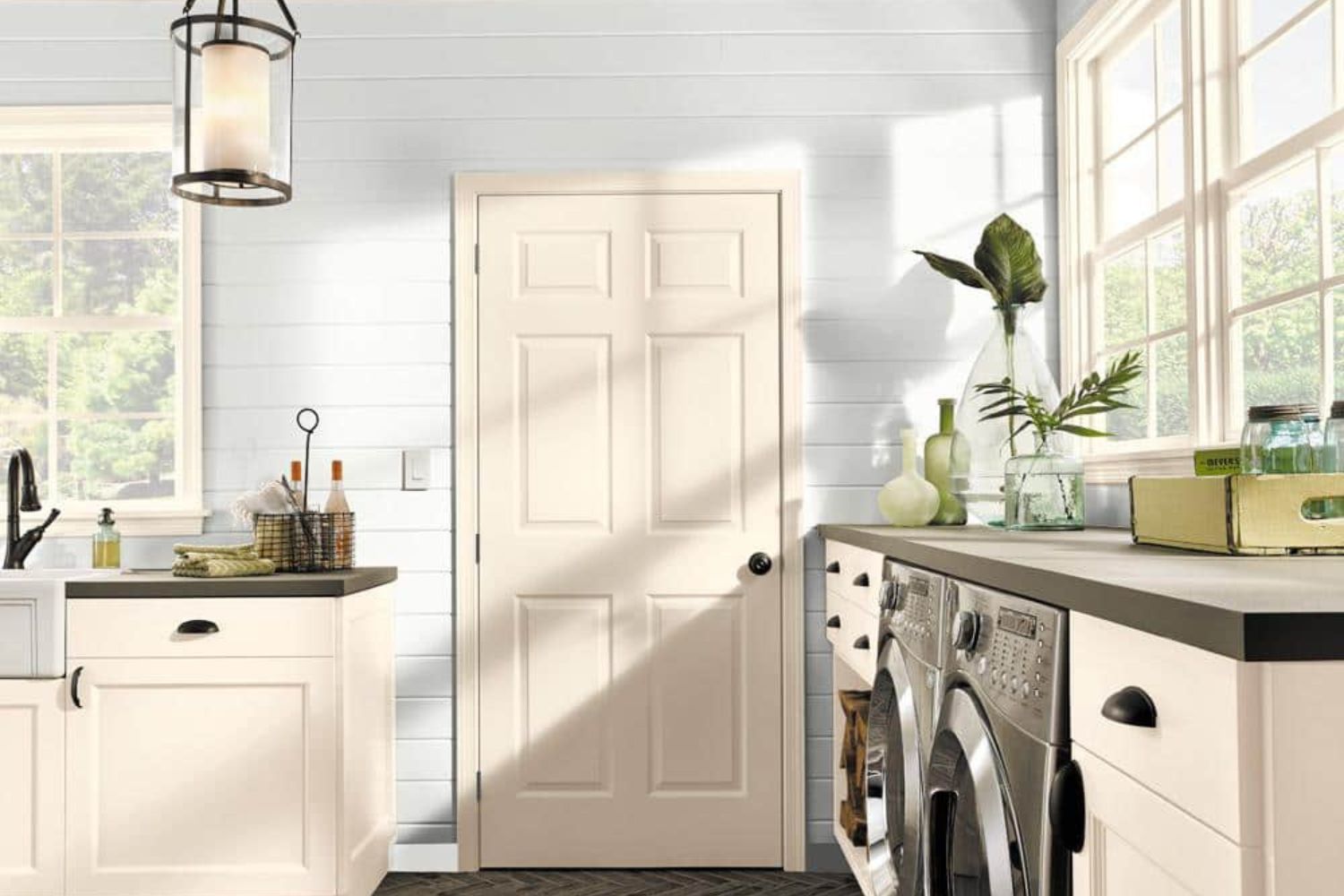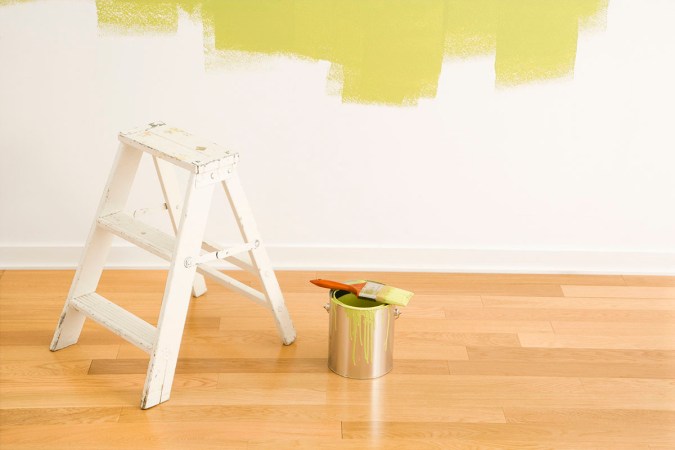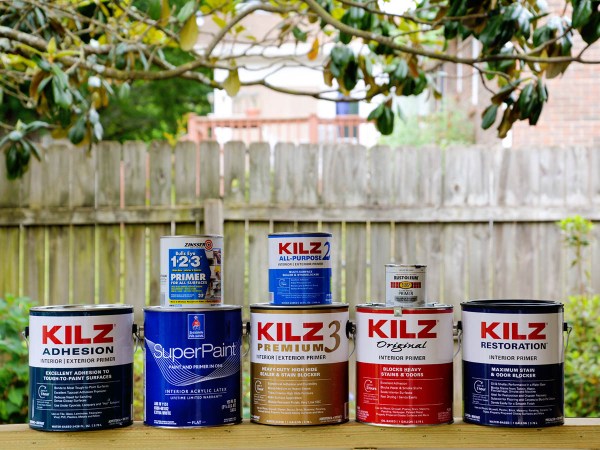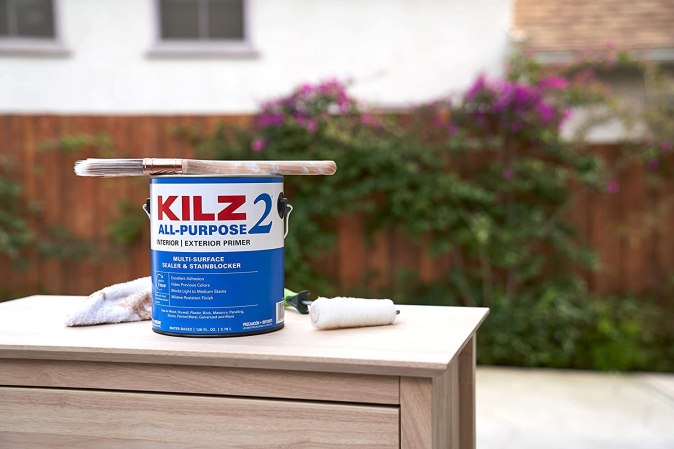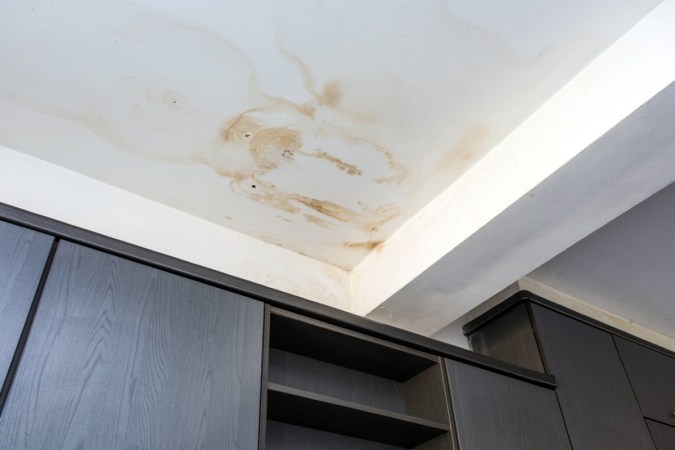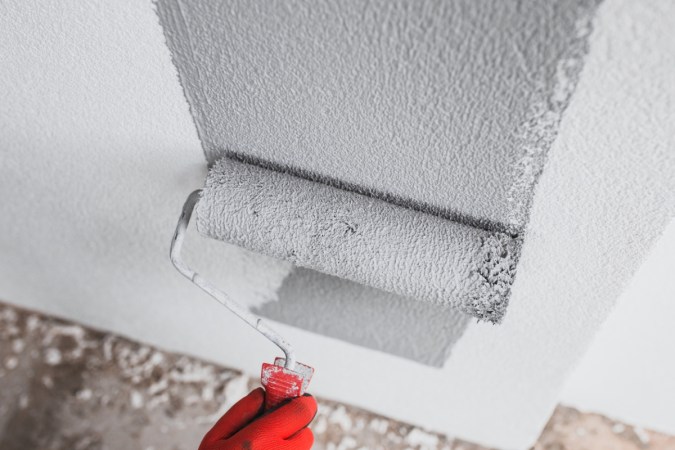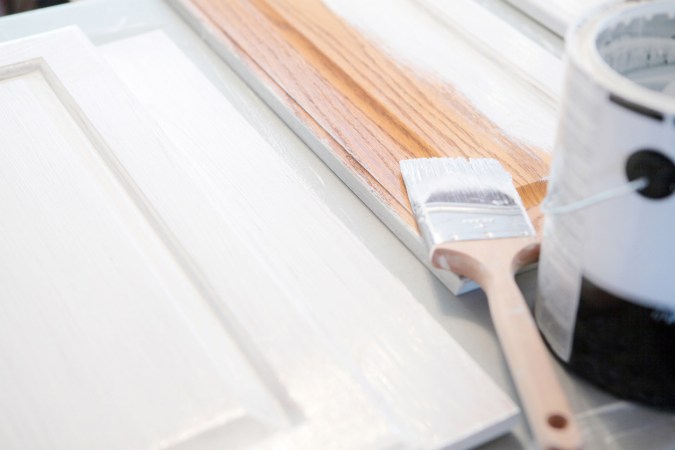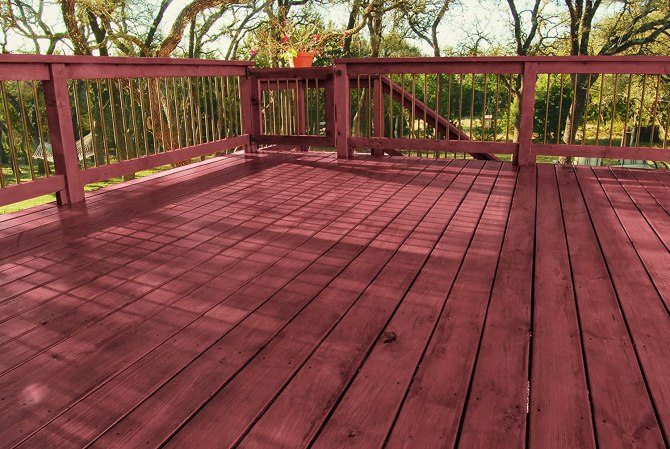We may earn revenue from the products available on this page and participate in affiliate programs. Learn More ›
Q: We just finished painting the kitchen. Even though we tested the paint swatch in the room, the color looks different from what I was envisioning. Does paint dry darker or lighter? I’m hoping we didn’t just make a big mistake.
A: We understand your concerns. No one wants to make a mistake when painting a room in their home. And, painting the walls a color that you aren’t ultimately happy with can result in wasted time and money. “Does paint dry darker or lighter?” is a common question. But, the answer to it can be a bit complex and may vary depending on a variety of factors.
Typically, paint dries darker but matches the swatch.
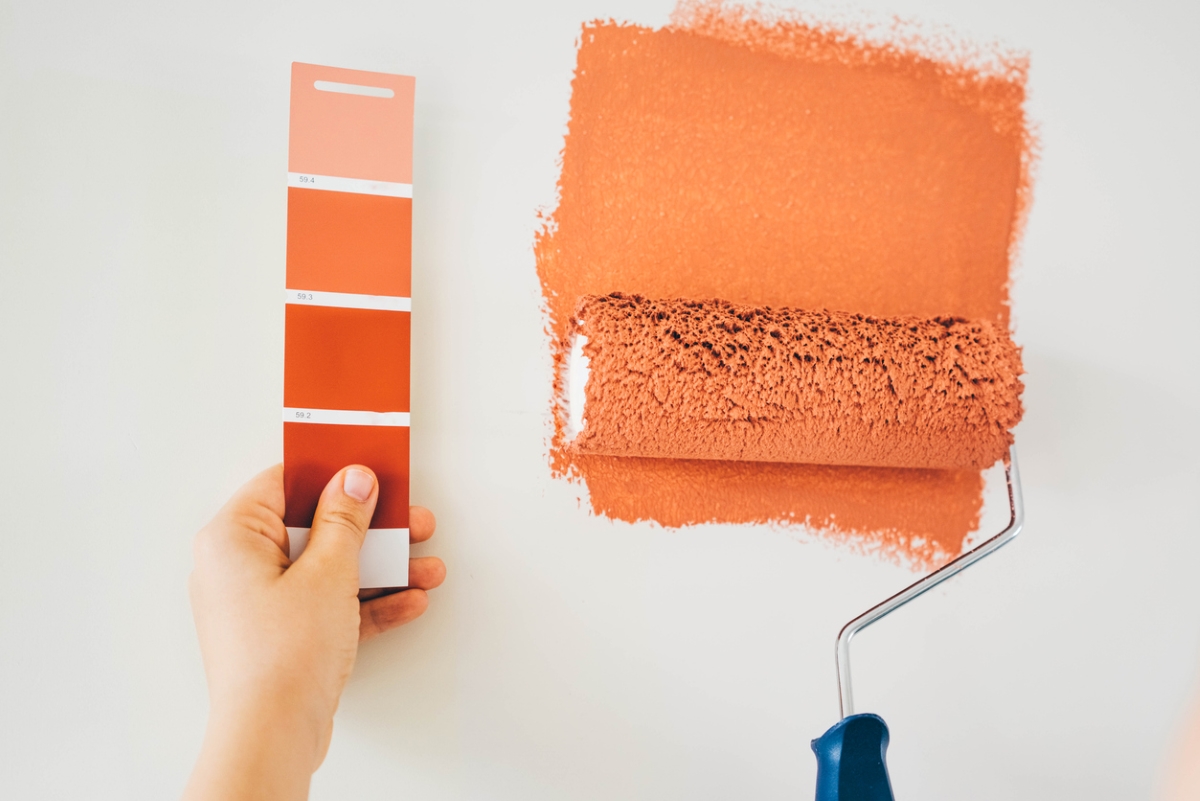
So, do paints dry darker or lighter? As a general rule, wet paint is lighter than dry paint. As the paint dries, the color should darken. Once it is fully dried, it should match the paint swatch from the manufacturer. Julie Fisher, product manager for Dutch Boy Paints, explains that several factors can impact why the dried color on the wall looks different from the wet paint on the wall or in the can. But, Fisher notes, it is generally related to “the formula in the can and the colorants used to tint it.”
Paint may look lighter when it is still wet because of how reflective it is. As it reflects more light when wet, it tricks your eyes into thinking it is lighter than it is. But, as it dries and loses some of its reflective qualities, your eyes should start to perceive it as being a darker color. So, if you’re looking at the wet paint on the wall thinking it is lighter than you were anticipating, be patient and give it some time to dry. It will likely darken and ease your worries. Conversely, if the wet paint is already looking darker than you were envisioning, you may end up with a darker room than you wanted.
The type of paint and how quickly it dries can impact the color.
One factor that can impact whether paint dries lighter or darker is the type of paint you’re using.
As compared to water-based paint, oil-based paint is more likely to undergo a lesser color shift throughout the drying process, which, according to Ashley Saltern, director of product management with Glidden, can take 6 to 8 hours. The reason for the color retention is because of the oxidation process that the paint goes through when drying. Water-based, fast-drying paint, such as latex and acrylic, on the other hand, is more likely to darken as it dries. This is especially true for acrylic paint, which has a glossy finish. When wet, the paint is more reflective, creating an illusion that it is lighter than it actually is. As it dries and becomes less reflective, the paint begins to appear darker.
Paint finish and how it reflects light can create an optical illusion.
While the answer to, “does paint lighten as it dries?” is typically no, sometimes the paint finish can create an optical illusion. Paints that are highly reflective are more likely to appear darker when dry. High-gloss paint, for example, is among the most reflective. Even if you choose the same color, dried high-gloss paint will likely appear darker than dried eggshell or flat paints.
On the other hand, flat and eggshell sheens absorb light, rather than reflecting it. Because of this, they typically look lighter than the same color in a high-gloss sheen. Flat and eggshell paints are the most likely to look like the color swatch you see in the store.
Closely consider paint finish when choosing a color for your walls. If you want a glossier finish, then you might want to consider a slightly lighter paint color than what you’re picturing. This way, when the color reflects more light and looks a bit darker, you won’t be dissatisfied with your choice.
The number of coats plays a role.
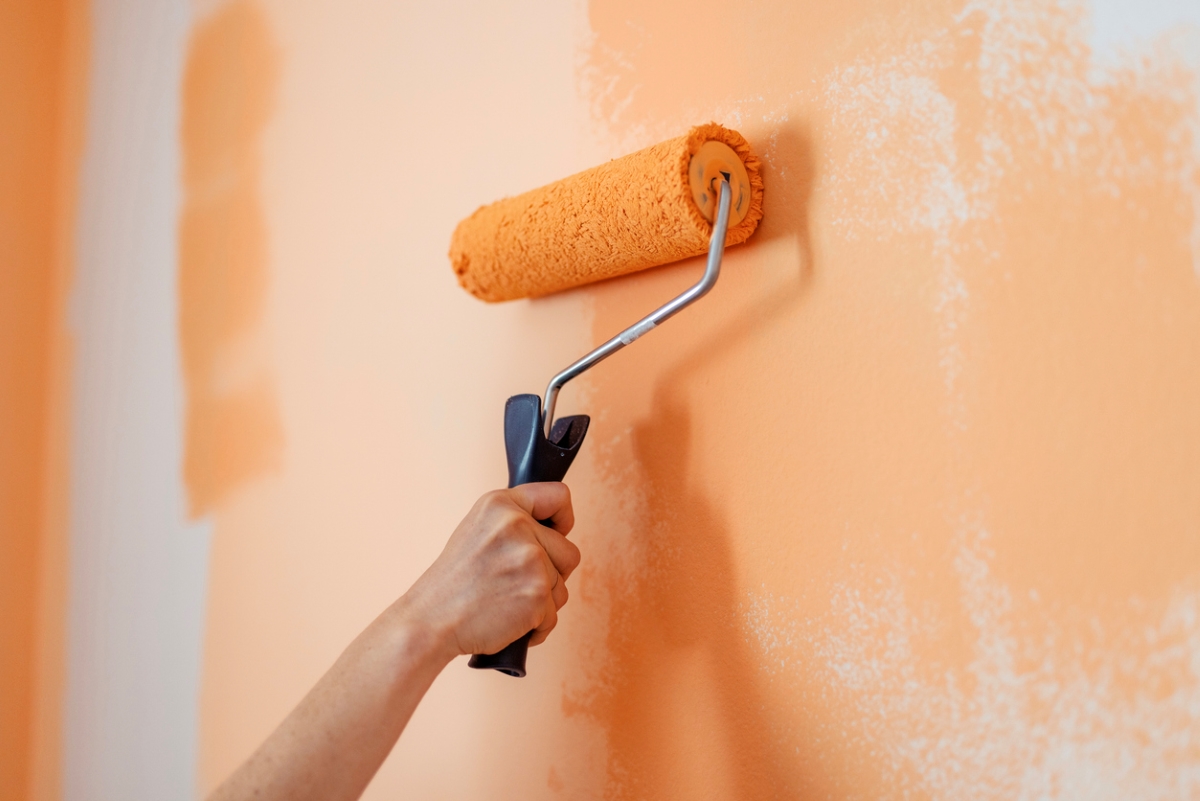
The number of paint coats applied will also impact the way the finished color will look. However, the ways it impacts the finished color can vary based on the paint you are using and the existing color you’re painting over. If you’re painting over a dark wall, the new color is going to look lighter with each subsequent coat that further covers up the background color. Fisher explains, “Ensuring proper application thickness prevents underlying colors from showing through, maintaining the integrity of the topcoat color.”
One way to minimize the impact of the old paint color, particularly if it is very dark, is to apply primer before adding the first coat of your desired new color. Using primer is important because it will prevent an old, dark paint color from bleeding through and impacting the appearance of a new color. Tinted primer, specifically, may be a good choice when covering over a darker color. It may help further cut down on the number of coats of the new paint that will be needed for color accuracy. Primers offer additional benefits, such as creating a more uniform surface to ensure the paint adheres properly.
Room lighting and decor can also influence paint colors.
Lighting plays a big role in determining what a specific paint color will actually look like in a room. For example, if your interior paint is the same color as that used on your front door, the two areas will likely look very different depending on the amount and type of lighting.
“The amount of natural light in a room impacts how bright a color will look in the room. For instance, to achieve moodiness in a room with a lot of natural light, you might need to choose a color several shades darker than you would in a room with little to no natural light,” explains Saltern. She adds, “The paint color on walls in rooms with south-facing windows will sometimes look washed out by the warmth and brightness of strong daylight. Alternatively, a north-facing room will naturally be a bit darker.”
Artificial lighting in the space will also impact the appearance of each paint color. Saltern explains that using lower watt bulbs will result in walls that look darker than they would if you opted for high-wattage bulbs. Saltern also highlights the importance of color temperature on how a painted wall may look. She says, “a warmer white (2000 to 3000K) is going to bring out warmer tones from the paint color. A cold white bulb temp. (3000 to 4000K) will bring out blues/cool tones in a color more.”
You must also consider the decor in the room when contemplating how a particular paint color will look on the wall. If the furniture, decorations, and artwork are lighter than the wall color, the paint will look darker. If your accents and decorations are darker, then the paint may appear lighter.
Final Thoughts
“Paint colors can look remarkably similar when wet, but some take on a much different look after they’ve dried,” says Saltern. There are several variables that come into play when answering the question, “does paint dry lighter or darker?” As shared above, these variables may include the type of paint, its finish, the number of coats you apply, and the lighting and decor in the room. “When sampling a paint color,” cautions Saltern, “it’s important to wait for paint to fully dry to determine if the hue is right for your space.” This will give you a much fuller picture of what to expect once the paint drying process has completed.

